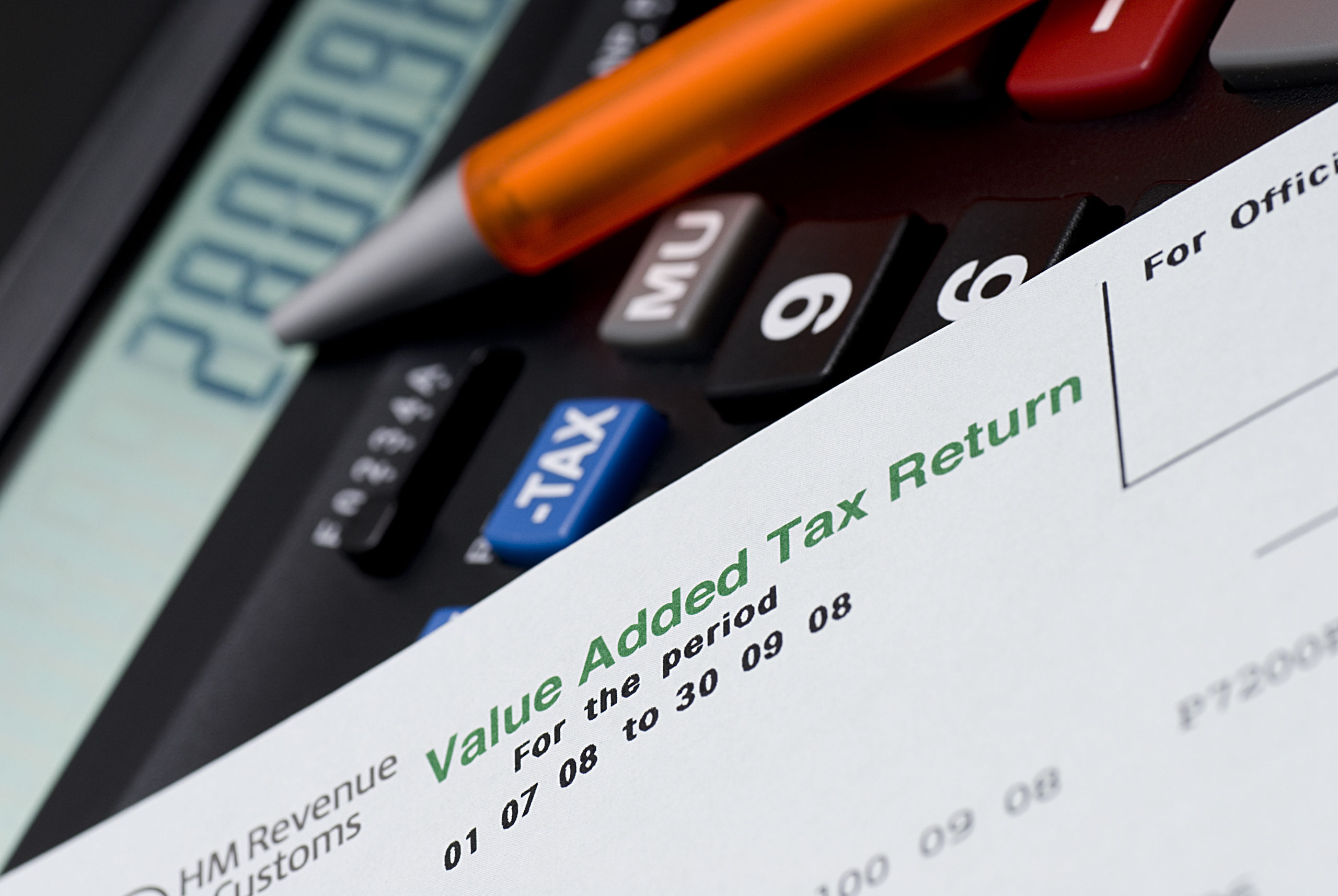It’s an interesting question isn’t it. In the UK we’re used to things being relatively cut and dried when it comes to VAT. There is the prevailing rate (currently 20%), zero rated VAT, (0%), VAT exempt (equally 0% but needs to be identified differently to Zero rated) and then the odd few idiosyncrasies such as energy at 5%. But by and large, the overwhelming majority of transactions will be either standard rate, 20%, or zero rated, 0%. That is unless you deal with someone like Amazon, who, it would appear from a recent query on the accounting portal, Accounting Web, have been able to agree some of their own rates with HMRC – sending those processing purchase invoices, into a bit of a spin.
Agreed internal VAT rates
The original post on this occasion was from somebody in an accounting capacity asking their peers on the forum, if they had any idea why Amazon had only charged 8% VAT on a 2024 diary. Normally the safe hunting ground of accountancy boffins, this kind of post would typically get a clear response straight off the bat. But on this occasion, it took some research before a response shed light on the matter. Having enquired with Amazon directly, the answer came back that this 8% rate was an internal rate that had been agreed between Amazon and HMRC and was applied to ‘mixed media’ – any book that is accompanied by another resource that ISN’T a book. Because the diary had reference material and writing pages, it was clearly considered to have ticked the box on mixed media and qualified for this special rate.
Whilst that answered the question, one presumes it did not make the processing of the purchase invoice any easier because accounting software would not be configured to expect an 8% rate. Whilst other rates can be added with ease to most accounting and bookkeeping software packages, it does beg the question how regularly this new code is likely to be used – few will have come across an Amazon internal rate before or are likely to again. As if to highlight the odd nature of this VAT anomaly, a quick look at the HMRC VAT Rates page will show nothing carrying an 8% rate – everything being standard rate, reduced rate (5%), zero rated or exempt.
Should I worry about odd VAT rates?
The simple answer is no, you don’t need to worry about odd VAT rates. If you have been provided with a purchase invoice that clearly shows the VAT and the rate spit out as part of the transaction, all you need to do is accurately reflect that in your own accounting system. If that means adding a new system rate, then so be it. It will be delineated on your VAT return and will form part of the quarterly VAT calculation. In case of a query from HMRC, you will be able to show the original invoice.
If you’re in any doubt you can use the HMRC VAT checker to check if a UK VAT registration number is valid and also find out the name and address of the business the number is registered to. You can also contact the issuer of the invoice and ask them to explain their VAT calculations. If you do not routinely record the VAT number and address of your suppliers on their system records, then maybe add it to any, like Amazon, that are connected with different or spurious rates. Equally, upload a scanned version of the invoice to the transaction, where your software permits. These actions will ensure the process or audit is more straight forward, if needed.
What’s the difference between Zero rated and VAT exempt?
In the intro, we made the distinction between zero-rated and VAT exempt. On face value, there is no difference between zero-rated VAT and VAT exempt. From an accounting perspective they both carry a 0% levy. But they are fundamentally different and should be identified as such in your system rates. Zero rated means the item is subject to VAT but at a zero % rate. VAT exempt means at no point would the item be liable to VAT, because it falls outside the scope of the UK VAT system.
HMRC gives examples for the two different rates as being:
- Zero-rated goods and services include most food and children’s clothes
- VAT exempt items include postage stamps, financial and property transactions
There is of course far more detailed analysis and breakdown of what qualifies for each rate and if you’re in any doubt, we can always provide advice and guidance, or you can check directly with HMRC.
The essence of this VAT anomaly is the reminder that your role in the process is to charge VAT accurately, according to the goods and services you supply, and record and pay VAT as is charged to you by your suppliers. Your VAT return should clearly document both input and output VAT. Whilst you may query and clarify oddities, such as an 8% rate from Amazon, it’s on them to record and report that to HMRC and for you to record and report that purchase. If HMRC has an issue with it, it will be up to Amazon as the charging entity to explain it, not you.
